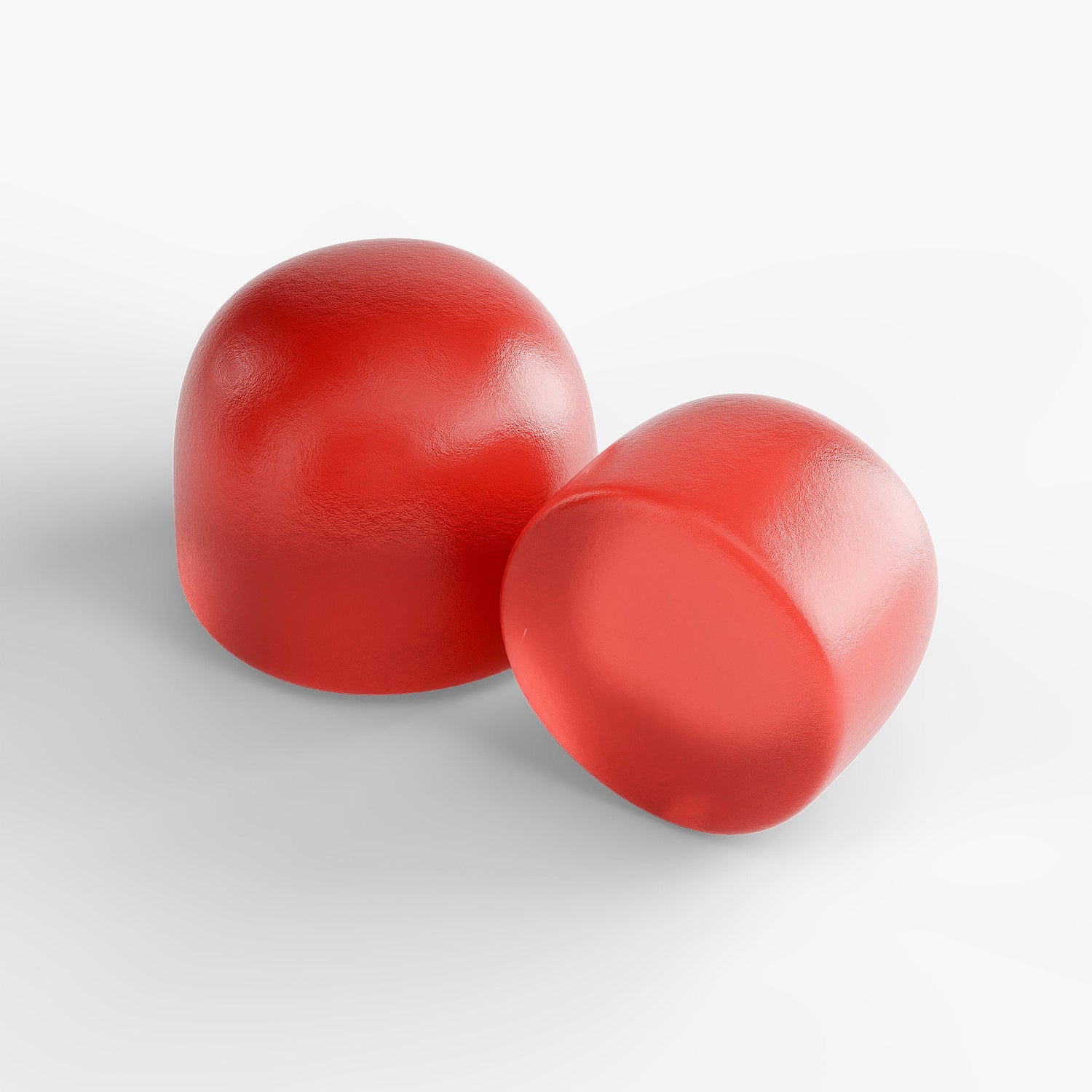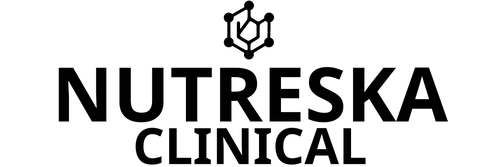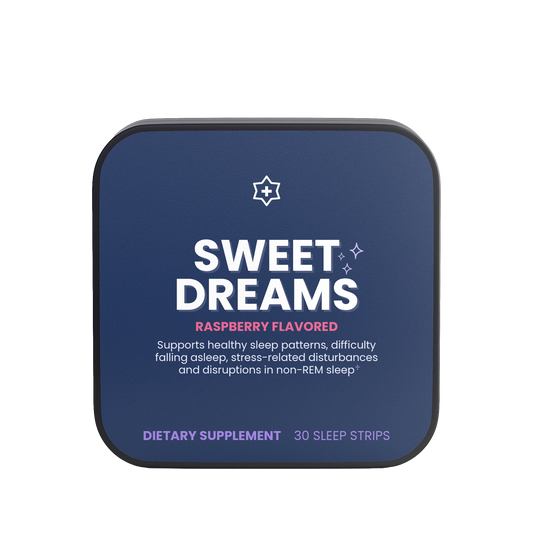RLS vs. PLMD: How Restless Legs and Periodic Limb Movements Quietly Steal Your Sleep
Bottom Line
RLS keeps you awake with discomfort. PLMD lets you sleep, but disrupts it from within. Both can silently steal rest and energy—until you recognize the signs and seek treatment.
Most people think of sleep problems as trouble falling asleep or waking up too early. But for many, the issue happens silently during the night—when the body moves without consent. Two of the most common conditions behind this are Periodic Limb Movement Disorder (PLMD) and Restless Legs Syndrome (RLS). They sound similar, and sometimes overlap, but they are distinct conditions with unique causes and consequences.
Restless Legs Syndrome (RLS): The Urge You Can’t Ignore

RLS is a neurological condition defined by an irresistible urge to move the legs, usually in the evening or at night. The sensations are often described as crawling, tingling, burning, or pulling beneath the skin. Movement—walking, stretching, or shaking the legs—temporarily relieves the discomfort.
- Timing: Symptoms worsen at rest, especially in the evening.
- Cause: RLS has been linked to dopamine dysfunction in the brain, iron deficiency, and genetic predisposition.
- Impact on Sleep: People with RLS often struggle to fall asleep because the discomfort peaks when they are trying to rest.
Periodic Limb Movement Disorder (PLMD): Movements You Don’t Even Notice

Unlike RLS, PLMD happens unconsciously during sleep itself. The condition involves repetitive, rhythmic jerking or twitching of the legs (and sometimes arms) every 20–40 seconds. These movements can last minutes or hours.
- Symptoms: Kicking, flexing toes, or jerking the knees during sleep. The person is usually unaware until a bed partner notices or a sleep study records the activity.
- Cause: The exact cause isn’t fully understood, but it may involve abnormal dopamine signaling, certain medications (like antidepressants), or underlying sleep disorders.
- Impact on Sleep: Each movement may cause a brief awakening or prevent entry into deep slow-wave sleep. The person may think they “slept all night” yet wake up exhausted because their sleep cycles were fragmented dozens or hundreds of times.
How Both Disrupt Sleep Without You Realizing
- Fragmented Sleep: Even if you don’t remember waking, these micro-arousals prevent restorative deep sleep and REM.
- Daytime Fatigue: People often report grogginess, poor focus, or “brain fog” without realizing their legs were moving all night.
- Mood & Health Risks: Chronic untreated PLMD or RLS increases the risk of anxiety, depression, and cardiovascular strain due to repeated arousals.
The Overlap
Some people have both conditions. In fact, up to 80% of people with RLS also show periodic limb movements during sleep. But not everyone with PLMD has RLS. The key distinction:
- RLS = conscious urge before or during falling asleep.
- PLMD = unconscious repetitive movements while asleep.
Treatment and Support
- Medical: Dopamine agonists, iron supplementation (if deficient), or medications like gabapentin are commonly prescribed.
- Lifestyle: Regular exercise, limiting caffeine/alcohol, and stress management can ease symptoms.
- Supplements: Magnesium and adaptogens may support neuromuscular relaxation and improve sleep depth, though they are not cures.
If you wake unrefreshed despite “enough sleep,” it’s worth asking a physician about PLMD or RLS. A simple overnight sleep study can reveal what’s happening when you close your eyes.
References & Further Reading
Harvard Health Publishing – Blue light has a dark side
National Sleep Foundation – Circadian Rhythms
Mayo Clinic – Restless legs syndrome
NIH / NLM – Periodic Limb Movement Disorder
Current Biology (2019) – Weekend catch-up sleep study
American Academy of Sleep Medicine – Social Jet Lag










